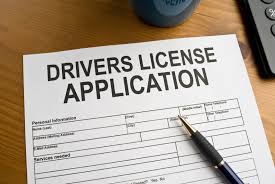The gratuity amount is paid to the employees once they retire, resign, or are laid off.
According to Section 4 of the Gratuity Act, in case of termination of a job due to death or disability, the condition of five-year continuous service is not applicable.
In case of the death of an employee, the gratuity amount will be paid to the nominee or the legal heir.
The Gratuity Act 1972 applies to all organisations, including factories, mines, oil fields, plantations, ports, railways, motor transport undertakings, companies, shops and establishments employing more than 10 workers.
Time Period:
According to the existing norms, the employee can apply for the gratuity amount within 30 days from when it becomes payable.
An employer cannot reject an application even if it's filed after 30 days.
The employer will have to specify the amount payable and the payment date within 15 days after receiving the application for the gratuity amount.
The employer will have to specify the reason for rejecting an application for a gratuity in case of the rejection of the application.
Gratuity Calculation:
The gratuity amount earned by an employee depends upon the tenure of the service and the last drawn salary. It is calculated based on the basic salary and dearness allowance.
For gratuity calculation, every month is considered 26 days for the organisations covered under the Gratuity Act 1972.
Gratuity is paid for every 15 days for each completed year of service. In the last year of employment, if an employee serves for more than six months, it will be rounded off to the next number.
For example, if an employee serves for a total period of eight years or seven months, it will be considered 9 years for gratuity calculation.
Formula to calculate gratuity: Last drawn salary (basic salary plus dearness allowance) * number of completed years of service * 15/26.
The employees of an organisation not covered under the Gratuity Act are also eligible for the gratuity payment. In such cases, the total number of days in a month will be 30.
Tax Exemption:
All gratuity payments received by government employees are entitled to a complete exemption from income tax.
In the case of employees of the private sector, income tax rules on gratuity are applicable depending on whether employees are covered under the Gratuity Act, 1972 or not.
For private sector employees covered under the Gratuity Act, the applicable income tax exemption on gratuity received is least of the following:
Maximum amount specified by the government, which is currently capped at ₹ 20 lakh
Last drawn salary * 15/26 * years of service
Actual gratuity received
For private sector employees not covered under the Payment of Gratuity Act, the income tax exemption limit is the least of the following:
Last 10 month's average salary (basic + DA) x number of years of employment x 1/2
Rs 10 lakh Gratuity actually received












